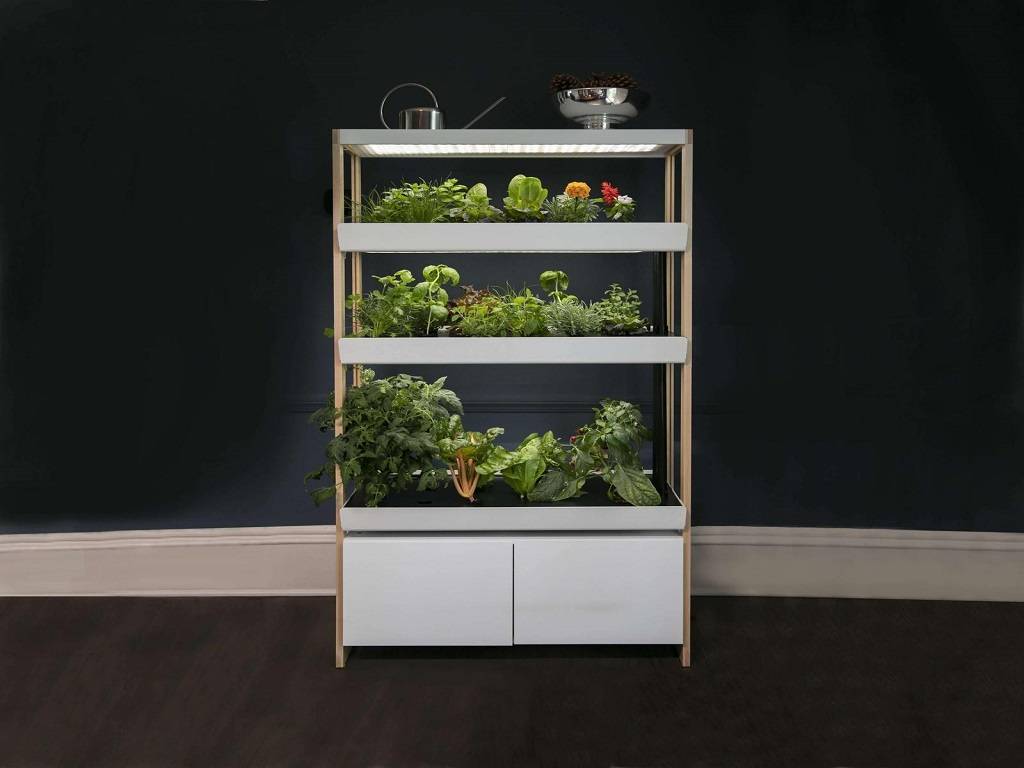
Growing herbs and vegetables indoors or outdoors may be enjoyable with hydroponics, sometimes known as gardening without soil. In fact, this method has been used for far longer than you may think! Since the Hanging Gardens of Babylon and the Aztec floating gardens, people are said to have been experimenting with growing things without soil, however this is hard to prove historically.
The use of hydroponics has become increasingly popular in recent years. Hydroponically growing all types of fruits and vegetables is really simple. Additionally, weeding is not required! There are several pre-fab kits available that you can buy to grow plants without soil if you want to keep things simple. There are a ton of DIY methods as well.
The majority of DIYers stick with passive hydroponic systems, which rely on the plant's capacity to absorb water without the help of a pump or aerator. Plastic buckets or tubs can be used to construct these systems. Hydroponics isn't simply about putting your plants in water and hoping for the best, though; in order to grow a successful crop, you'll need to pay attention to the plant's nutritional and pH needs.
Passive hydroponic systems often perform best for plants that are regularly harvested. This includes non-woody herbs like basil, oregano, mint, and thyme as well as lettuce, kale, strawberries, and Swiss chard. Tomatoes and cucumbers are not the ideal plants for new hydroponic gardeners since they require regular monitoring in order to produce successfully in a hydroponics system.
The following information will help you create a DIY hydroponic garden:
You can build a DIY hydroponics system yourself
To create a hydroponic garden, you don't need to invest a lot of money. Free, detailed plans for building a hydroponic system using inexpensive materials like vinyl fence posts or 5-gallon buckets are widely available from university cooperate extension programs. Particularly simple to construct are vertical hydroponic towers. Alternately, you could use 2 x 6 treated lumber and plastic sheeting to make a straightforward floating garden. You may also try using a 5-gallon bucket to make a little garden. Place your garden in full daylight (6 or more hours of direct sunshine) when you're outside. Indoors, you'll need additional lighting, such LED grow lights.
Start with sterile seedlings or cuttings
Going to the nursery and buying a few seedlings will not be enough. Any plant that has come into touch with earth and might potentially bring hazardous microbes into your system cannot be placed in your hydroponic garden. Although there are many other types of grow media used to start plants, home gardeners can start cuttings or seeds in rockwool cubes for a low-cost option that will keep water and nutrients effectively.
Watch what kind of water and fertilizer you use
Tap water be softened or may have high levels of chlorine which will harm some plants. Use distilled or bottled water if you can. If you must use tap water, let it soak for 24 hours in a bucket beforehand. Some of the chemicals will be helped to dissipate by this. Also, it’s easiest to use premixed water-soluble hydroponic fertilizer to ensure you get the right combination of nutrients. If you're using a pump, these items are also made to dilute correctly so they won't clog it.
Check your pH level
Because it has an impact on your plants' ability to get nutrients, pH level is important. In a hydroponic garden, the majority of plants will thrive in a 5–6 ph solution. This usually enables plants to absorb nutrients at their highest level. Use white vinegar at a ratio of 2 teaspoons per gallon of water if you need to lower the pH. Cheap pH strips are a great tool for routinely checking your pH levels.
















